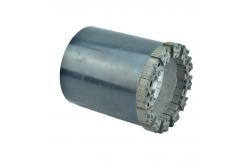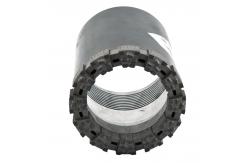Stable Directional Control PDC Drill Bit Suitable For Geothermal Drilling
|
|
Stable Directional Control Suitable for Geothermal Drilling PDC Drill Bit Details about PDC (Polycrystalline Diamond Compact) drill bits:
PDC drill bits continue to evolve as technology advances, drilling challenges evolve, and the industry's focus on efficiency and sustainability grows. Ongoing research, technological innovations, and industry collaborations drive the development of PDC bits that offer improved performance, enhanced durability, and increased environmental responsibility in drilling operations.
FAQ: 1. Q: Can PDC bits be used for drilling in coal formations? 2. Q: Are PDC bits suitable for drilling in oil and gas wells? 3. Q: Can PDC bits be used for drilling in geothermal wells? 4. Q: Do PDC bits require special maintenance? 5. Q: Can PDC bits be used for drilling in permafrost or frozen
ground? |
||||||
| Product Tags: Directional Control PDC Drill Bit Geothermal Drilling PDC Drill Bit AW pdc core drill bits | ||||||
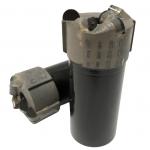
|
Carbide PDC Drill Bit AW BW NW NWA 118 Degree Right Hand |
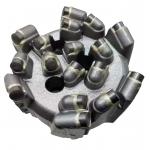
|
1/2 PDC Rock Drill Bit HQ3 PQ PQ3 NTW BTW HTW Carbide |
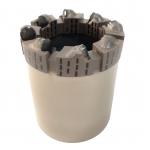
|
135 Degree Point Angle PDC Drill Bit Carbide NW NWA HW PW |
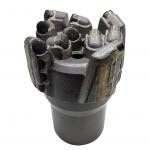
|
Optimal Hydraulics Polycrystalline Diamond Compact Bits For Efficient Cooling Effective |
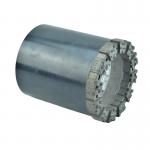
|
Stable Directional Control PDC Drill Bit Suitable For Geothermal Drilling |

|
Tungsten Carbide Polycrystalline Diamond Compact Bits 3/4 |

